Three Coffee treatments | introduction to the advantages of sun treatment, washing treatment and honey treatment
Guide reading
Coffee beans, to put it bluntly, are the seeds of coffee, and it is necessary to go through this process to turn freshly picked coffee fruits from trees into coffee beans. At present, what are the differences among the three most widely used coffee treatments?
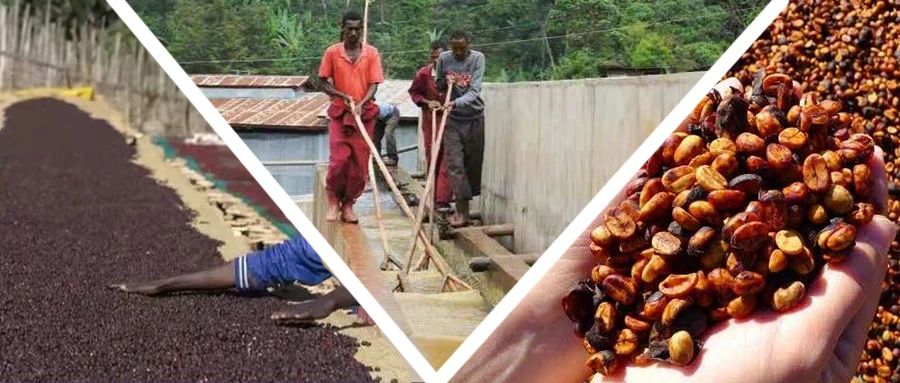
Sun treatment
Sun treatment is the oldest and cheapest treatment. In general, coffee farmers put the picked coffee fruit on the ground or on the sun rack for 3-4 weeks to dry the coffee fruit to reduce the moisture content of the coffee fruit to 11% (that is, the shell is hard, dark red and black), and then crush the shell to remove the coffee beans with sheepskin. Until the advent of water washing, coffee beans around the world were treated in the sun.
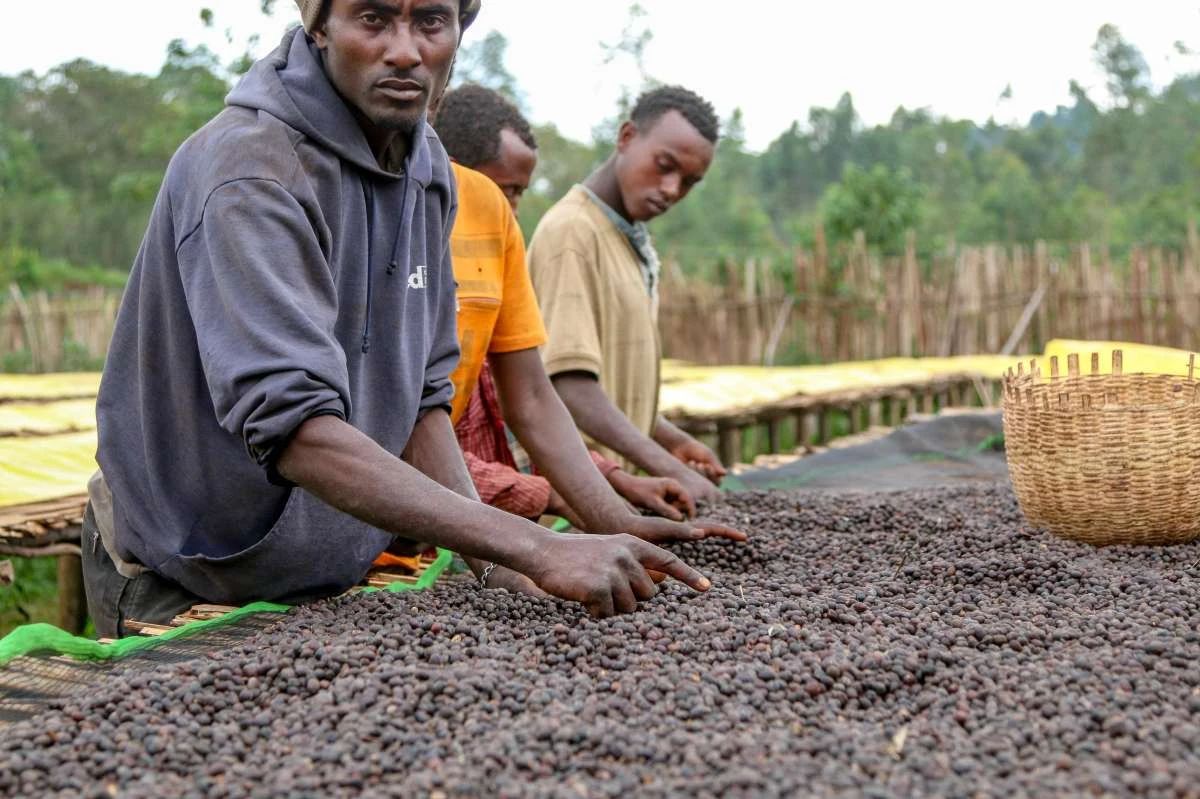
As the sun treatment is not too high technical content, so basically each household of small farmers can handle on their own, there are also some special treatment stations to collect coffee for centralized treatment. Therefore, the quality of sun treatment is very different, and some quality treatment stations will invest a lot of money and energy to deal with each batch of sun beans. among them, the fresh fruit of coffee began to screen and remove immature fruit, overripe fruit, defective fruit and some gravel sundries, which will affect the overall sun-treated flavor of coffee.
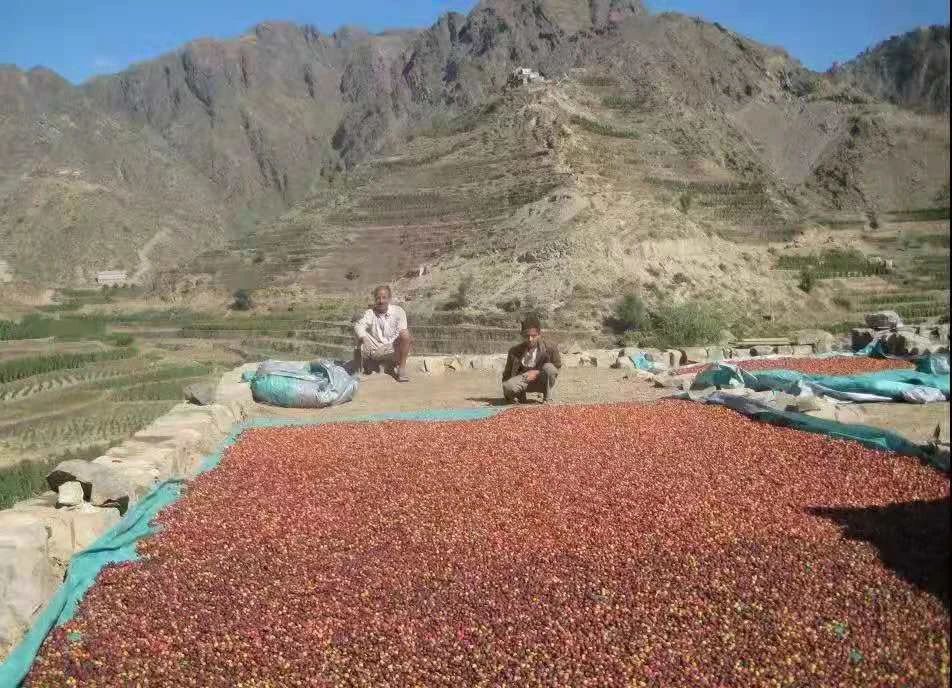
Then, an elevated tanning bed will be used to lay the sun in order to stay away from the ground so that the coffee fruit will not be infected by reptiles, dust and bacteria. In addition, during the sun-drying period, there will be someone to check the dryness of the coffee fruit and pick out the borer, popping and mildew fruit, so as to prevent these fruits from affecting the fermentation dryness of other coffee fruits. Generally speaking, the sun-cured coffee beans with better quality now adopt this exquisite sun treatment.
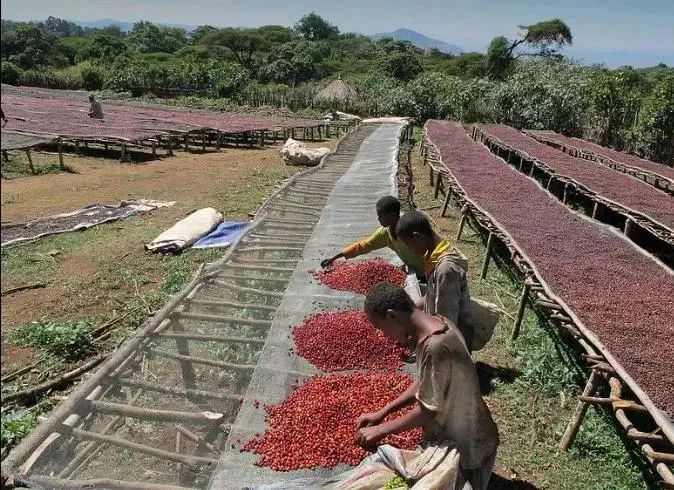
Washing treatment
Washing treatment only appeared in the 18th century because there are too many defects in the traditional sun, and the flavor depends on luck. They found it difficult to control the length of time and fermentation of sun-dried coffee fruits, depending on the weather. If there is a continuous rainy day, then these coffee beans will be wasted. So they thought of first removing the coffee pulp and coffee pectin and drying the coffee beans with sheepskin directly, so as to shorten the drying time, and on the other hand, without the substances that are easy to ferment and deteriorate, it is easier to control the quality.
The scale and input of water washing treatment will be much higher than that of the sun, and the producing area that wants to do water washing treatment will set up a water washing treatment station (plant) in some places near the producing area with rich water resources. First of all, the coffee fruit will remove the bad fruit and sundries by flotation, then remove the skin and pulp of the coffee fruit through the pulp screening machine, and then leave the sheepskin coffee beans coated with sticky pectin.
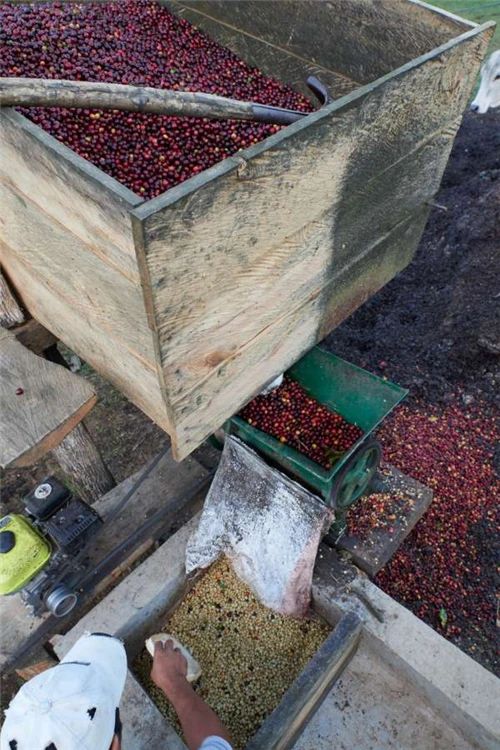
The sticky coffee beans are then put into a fermentation tank for 12-48 hours to ferment, with the aim of allowing bacteria and other microorganisms to decompose the pectin layer. Then the fermented coffee beans will be separated from the pectin layer, and a lot of water is needed to clean the coffee beans. The waste water after washing coffee beans will pollute the environment if it is discharged directly into the river, so the regular washing treatment plant will be equipped with sewage treatment facilities.
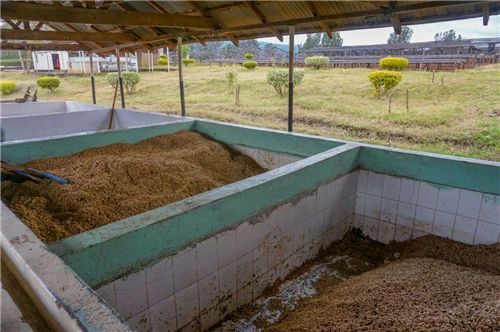
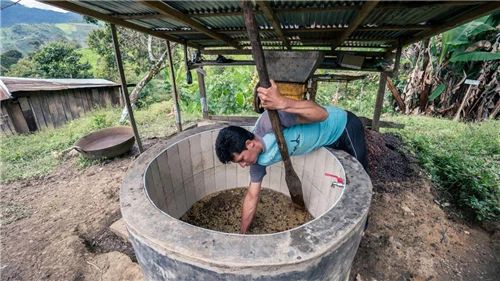
And the washed coffee beans will take the last step-drying. The drying here may not necessarily use the sun. Some well-funded estates will be equipped with large dryers, which can be reduced to 11% moisture content in 1-2 days. If the batch is large, they will choose a low-cost sun drying method and lay a thin layer on the drying ground. It usually takes only 3-6 days to complete the drying process. If you use an African drying bed for sun drying, it will take 7-15 days. Because the treatment cycle of washing treatment is short and the manual screening procedure is strict, its quality and bean appearance are the best.
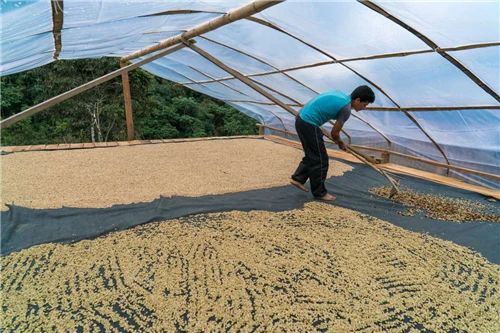
Honey treatment
Honey treatment appeared about in Costa Rica and other Central American regions in the 1990s. Its predecessor was peeled solarization (also known as half-sun) in Brazil, where sun treatment was widely used in Brazil because of its topography and water resources (dry weather), but since most Brazilian farms were commercial plantations, coffee was harvested mechanically and then laid in the square to dry. Its quality is inferior to that of African sun-dried beans at the same time.
In order to solve this problem, Brazil can shorten the drying days by removing the peel and Pulped Natural, on the one hand, it can solve the improper fermentation smell caused by Brazilian sun-dried beans in the square, and greatly improve the flavor of coffee beans.
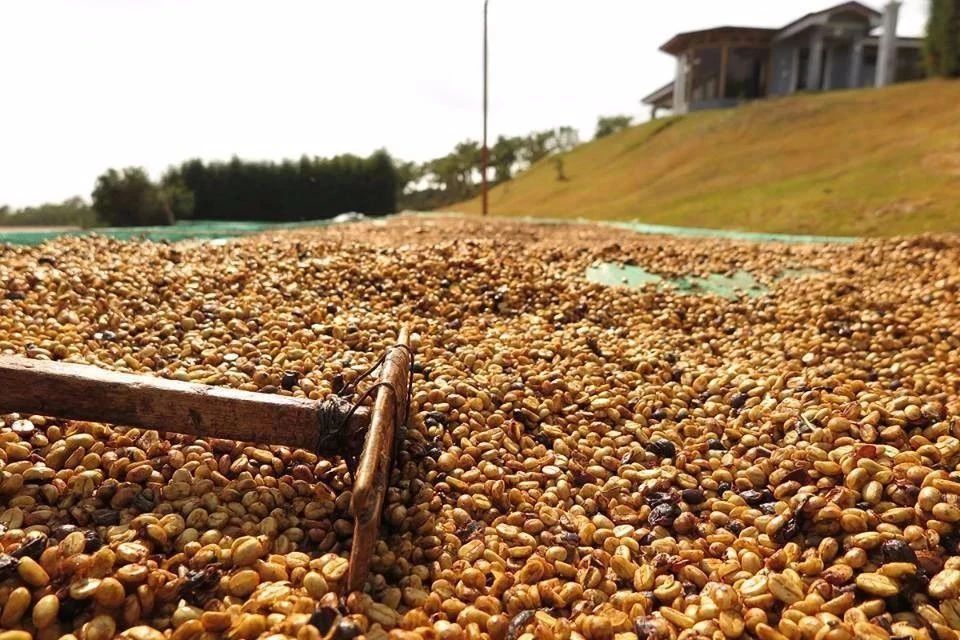
Costa Rica combines the peeling and tanning method with its own national conditions, and the honey treatment method is improved according to the amount of pectin retained and the length of drying time. As a result, it is also divided into more detailed black honey treatment, red honey treatment, yellow honey treatment and white honey treatment.
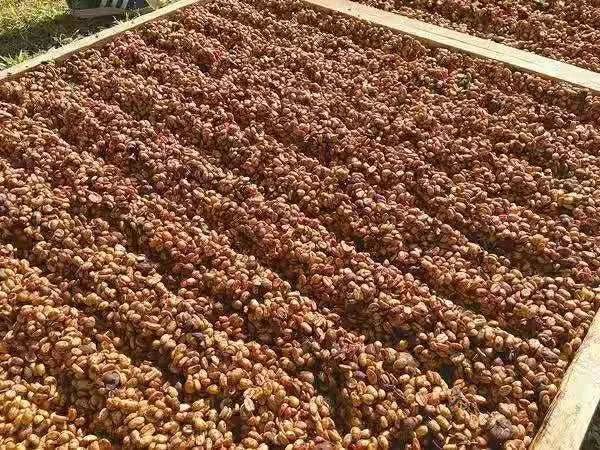
[black honey treatment] hardly removes pectin, so drying takes the longest time and lasts for more than 14 days. In order to avoid drying too fast, cover will be used to block too strong sunlight to make sugar conversion more fully.
[red honey treatment] keep 70% Mel 80% pectin (different manors have different practices). The sun lasts for about 12 days, and shading sheds may also be used in the process.
[yellow honey treatment] retain 40-60% pectin and receive maximum light drying for about 8 days.
[White honey treatment] retain 40-60% pectin and lay it flat on the drying bed when drying is thinner and the drying time is shorter.
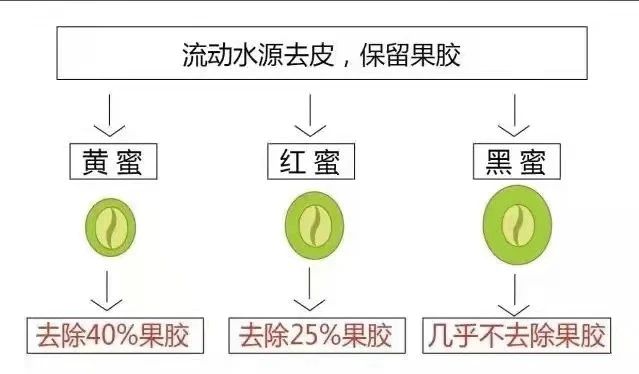
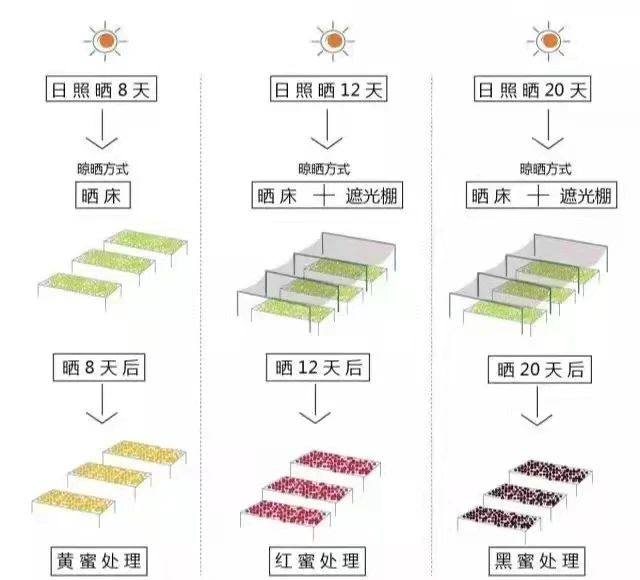
What are the advantages of each of the three treatments?
First, briefly review the process overview of these three processing methods:
Sun treatment: flotation → sun drying (3-4 weeks) → shelled → storage
Washing treatment: removal of → from peel and pulp by flotation → 12-48 hours fermentation → washing washing coffee bean → dry → into storage
Honey treatment: flotation → to remove pericarp and part of pectin → sun-dried → into storage
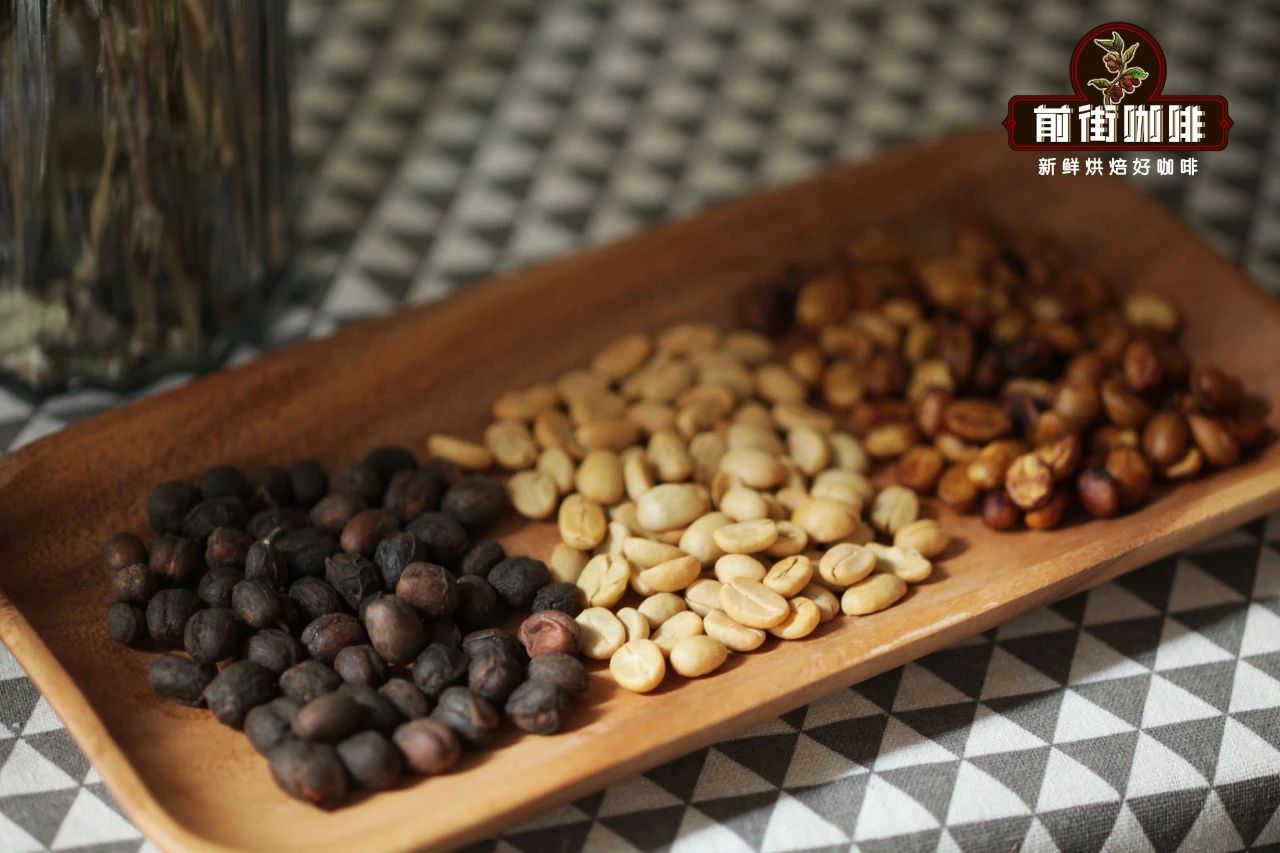
From left to right, they are sun treatment (without shelling), washing treatment (without sheepskin) and honey treatment (without sheepskin).
The cost of sun treatment is the lowest, in the whole treatment process, peel, pulp, pectin and coffee beans are all involved in the fermentation, so defective beans are easy to appear. But it also creates the thick taste of sun treatment and the outstanding sweetness of fruit.
Washing treatment is for more efficient and the pursuit of better and more stable quality, washed coffee beans tend to be cleaner, highlight the acidity of coffee beans, can best express the flavor of coffee beans themselves.
Honey treatment is a solution for some coffee-producing countries with underdeveloped water resources and insufficient light. Peel is removed and the drying time is shortened compared with sun treatment, so that there is no need to consume too much water resources for washing treatment. Honey-treated coffee beans will be more mellow than washed coffee beans, can highlight the sweetness, and will emit a very sweet sugar aroma.
Sweet feeling: sun treatment > honey treatment > water washing treatment
Acid quality: washing treatment > honey treatment > sun treatment
Alcohol thickness: sun treatment > honey treatment > water washing treatment.
Cleanliness: washing treatment > honey treatment > sun treatment
Important Notice :
前街咖啡 FrontStreet Coffee has moved to new addredd:
FrontStreet Coffee Address: 315,Donghua East Road,GuangZhou
Tel:020 38364473
- Prev
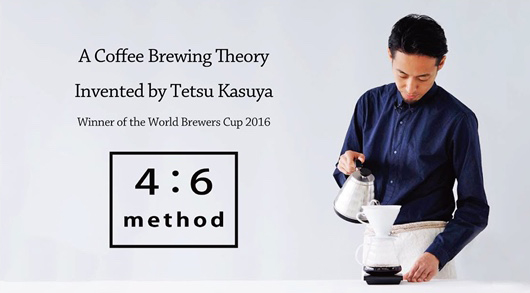
Analysis of four or six methods for brewing hand-brewed coffee how to make coffee?
Professional coffee knowledge exchange more coffee bean information Please follow the coffee workshop (Wechat official account cafe_style) I believe that friends who have played hand-brewed coffee have heard of the four or six methods, which is the brewing method used by Mr. Miyazhe, the 2016 WBrC champion, in the competition. The concept of four or six brewing that he used was simple and clear, and became a very hot topic at that time. The concept of "four or six methods"
- Next
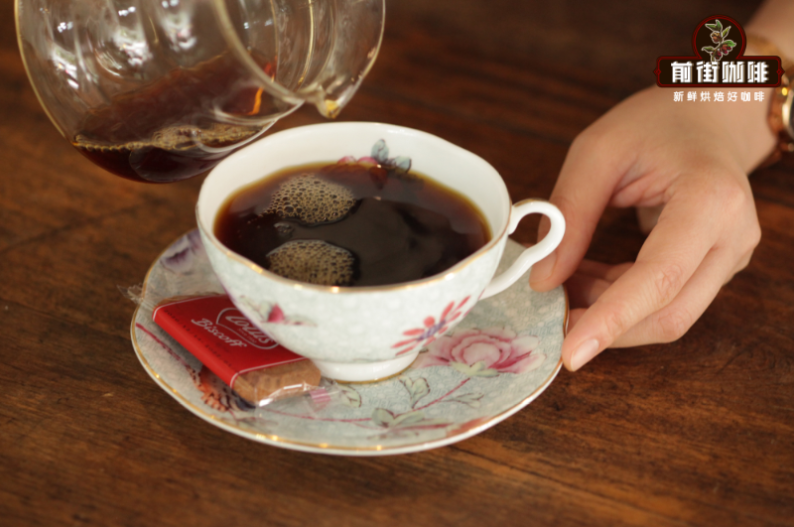
What is it like to brew coffee by hand? how to make delicious coffee?
Professional coffee knowledge exchange more coffee bean consultation Please follow the coffee workshop (Wechat official account cafe_style) if you like coffee, hand-brewing coffee is a must operation, whether ordinary coffee beans or boutique coffee beans, hand-brewing coffee is an advanced way to accompany us. The coffee in the front street below will tell you how to make a delicious cup of hand-made coffee.
Related
- What is the meaning of lactic acid fermentation with coffee bean treatment?
- How to judge the state of foam by sound?
- How does the latte pull out the unicorn pattern? Come to get for a little trick to improve the flower pull!
- Will flower pulling affect the taste of the latte?
- Do you know the history of coffee?
- The difference between honey treatment and sun washing what is raisin honey treatment?
- What kind of milk can a novice use to make coffee foam to keep the foam longer? The correct method and skills of milking tutorial sharing
- Why do washed coffee beans taste sour? Flavor characteristics of washed Coffee
- Introduction to the skill of how to practice the size and height of water injection around the circle of hand-brewed coffee
- How do beginners practice coffee flower drawing from scratch?

